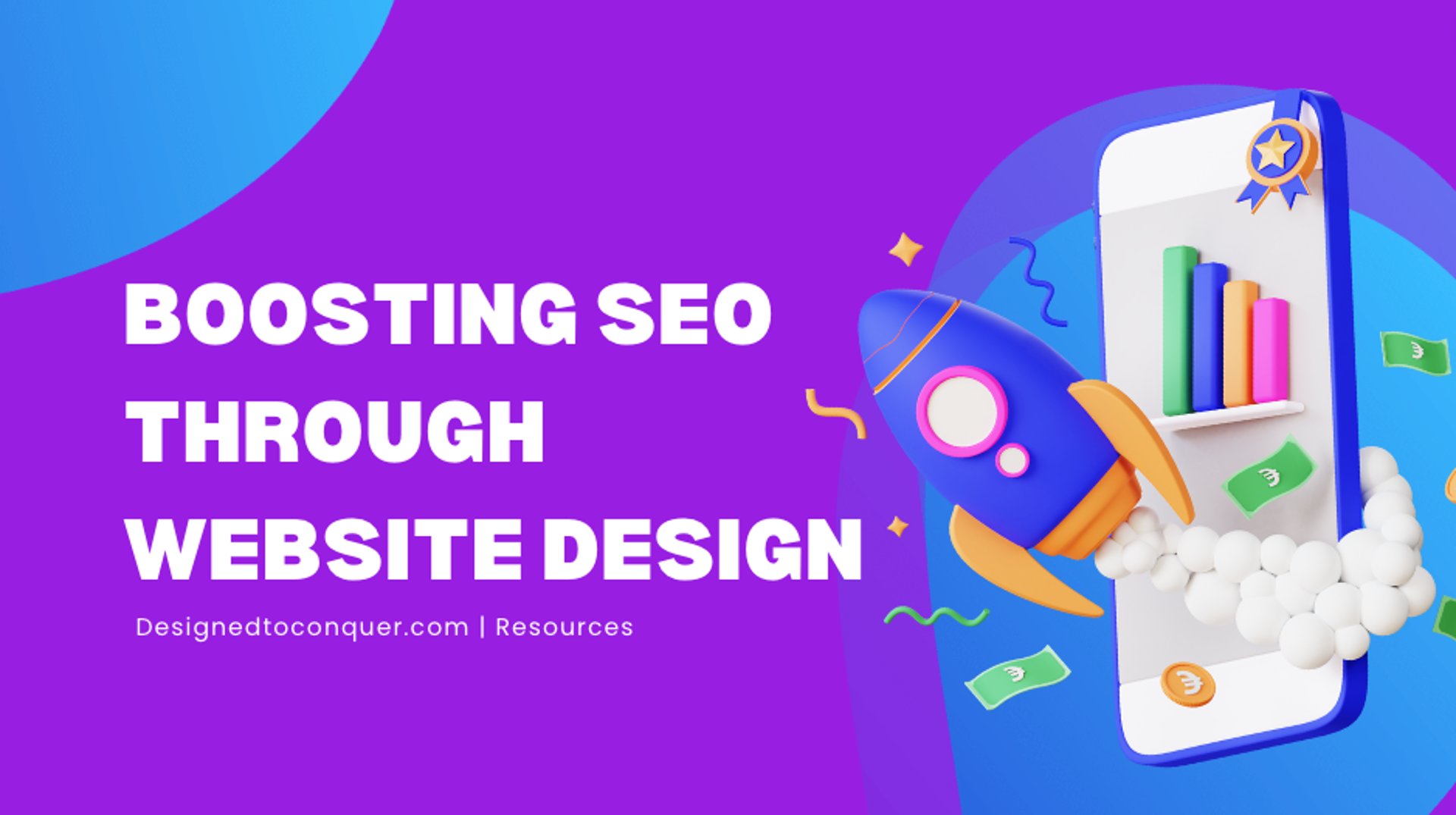
Boosting SEO Through Website Design
Dive into how different colors evoke emotions and behaviors, and how strategic use of color can impact user engagement and conversions.
9/15/20233 min read
In the ever-evolving landscape of the digital realm, the intricate dance between design and SEO sets the stage for online success. Imagine design as the melody that captures user attention, and SEO as the rhythm that guides search engines to your virtual doorstep. Join me as we delve into the symbiotic relationship between design and SEO, unraveling actionable tips that elevate both user experience and search engine visibility.
Clean Code
Underneath the visual splendor of web design lies the backbone – code. Clean, well-structured code not only ensures efficient website operation but also impacts SEO rankings. Search engine crawlers navigate through your code to understand your content. Minimized, organized, and error-free code accelerates the crawling process, signaling to search engines that your website is user-friendly and reliable.
Actionable tip:
Regularly audit and optimize your code to eliminate redundancies, unnecessary elements, and errors, ensuring a smooth pathway for search engine crawlers.
Fast Loading Times
In the digital age of impatience, a slow-loading website is akin to a roadblock in the user journey. Google's algorithm recognizes this and rewards websites that offer swift loading times. Faster websites enhance user experience, reducing bounce rates and extending on-site engagement – factors that contribute to higher rankings. Compress images, leverage browser caching, and minimize server response time to accelerate loading times.
Actionable tip:
Utilize tools like Google's PageSpeed Insights to identify areas for improvement and optimize your website's speed for both users and search engines.
Mobile-Friendliness
Mobile devices have become an extension of the human experience, and search engines have acknowledged this shift. Google's mobile-first indexing prioritizes mobile versions of websites for search rankings. A responsive design, where your website seamlessly adapts to various screen sizes, is essential. Mobile-friendliness not only enhances user experience but also aligns with search engine requirements.
Actionable tip:
Test your website's mobile-friendliness using tools like Google's Mobile-Friendly Test and make necessary adjustments to ensure a flawless mobile experience.
Elevating Search Results
Imagine your search engine result displaying additional information like ratings, reviews, or event details. Structured data, encoded in schema markup, enables search engines to comprehend and present content more effectively. This not only makes your search results more enticing but also increases click-through rates, driving organic traffic. Implement structured data for various content types, from articles to products, to unlock enhanced search visibility.
Actionable tip:
Utilize Google's Structured Data Markup Helper to tag your content and enrich search results with valuable information.
User Engagement
Design isn't just about aesthetics; it's about crafting an experience that captivates users. Engagement metrics – like time on site, bounce rate, and click-through rate – provide insights into user satisfaction. Search engines interpret high engagement as a signal of quality content and user relevance, potentially boosting rankings. Ensure clear navigation, compelling visuals, and engaging content to keep users immersed in your website.
Actionable tip:
Regularly analyze engagement metrics through tools like Google Analytics and refine your design to cater to user preferences.
Accessible Design
Web accessibility isn't just an ethical consideration; it's a crucial aspect of SEO. By adhering to accessibility guidelines, you're ensuring that your website is usable by all, including individuals with disabilities. This inclusivity reflects positively on user experience and search engine rankings.
Actionable tip:
Familiarize yourself with the Web Content Accessibility Guidelines (WCAG) and implement practices like providing alternative text for images and maintaining proper contrast ratios to create an inclusive digital space.
Content Placement and Hierarchy
The arrangement of content on your website isn't arbitrary; it's a strategic choice that guides users and search engines. Clear visual hierarchy and logical content organization improve user navigation and help search engine crawlers understand your website's structure. Well-structured content placement enhances the overall user experience and promotes longer engagement – two factors that contribute to SEO success.
Actionable tip:
Use appropriate headings, subheadings, and bullet points to create a hierarchy that aids both users and search engines in navigating your content.
Related Articles
©2026 Designed To Conquer LLC Terms & Conditions FAQ
Designed To Conquer LLC is a NYS MBE Certified Creative Tech. Studio.
STUDIO HOURS
Monday: 10am-6pm
Tuesday:10am-6pm
Wednesday:10am-6pm
Thursday:10am-6pm
Friday:10am-6pm
Instantly access our library of free coaching business resources!





